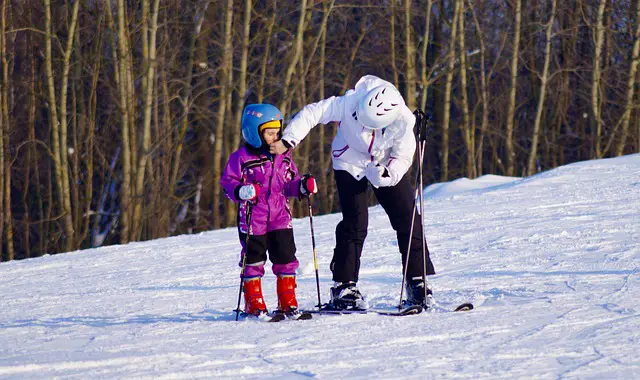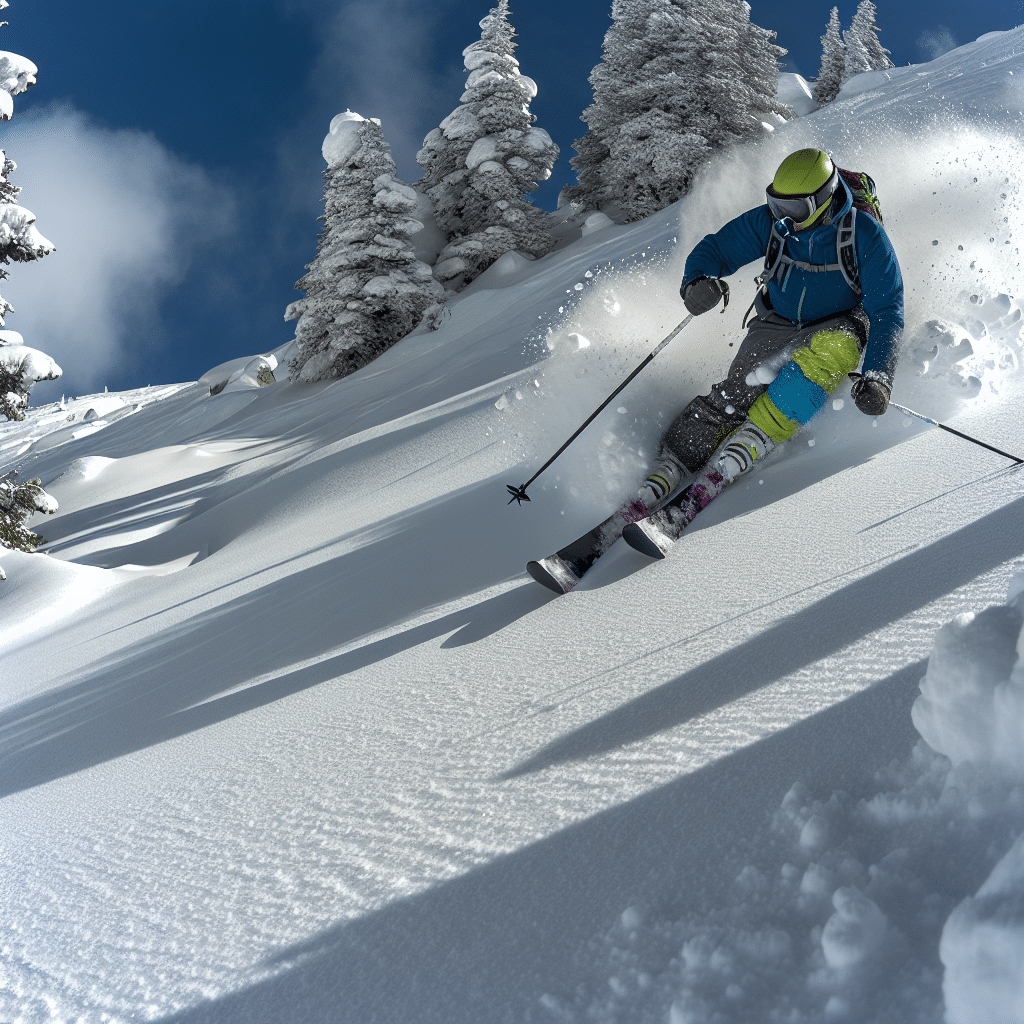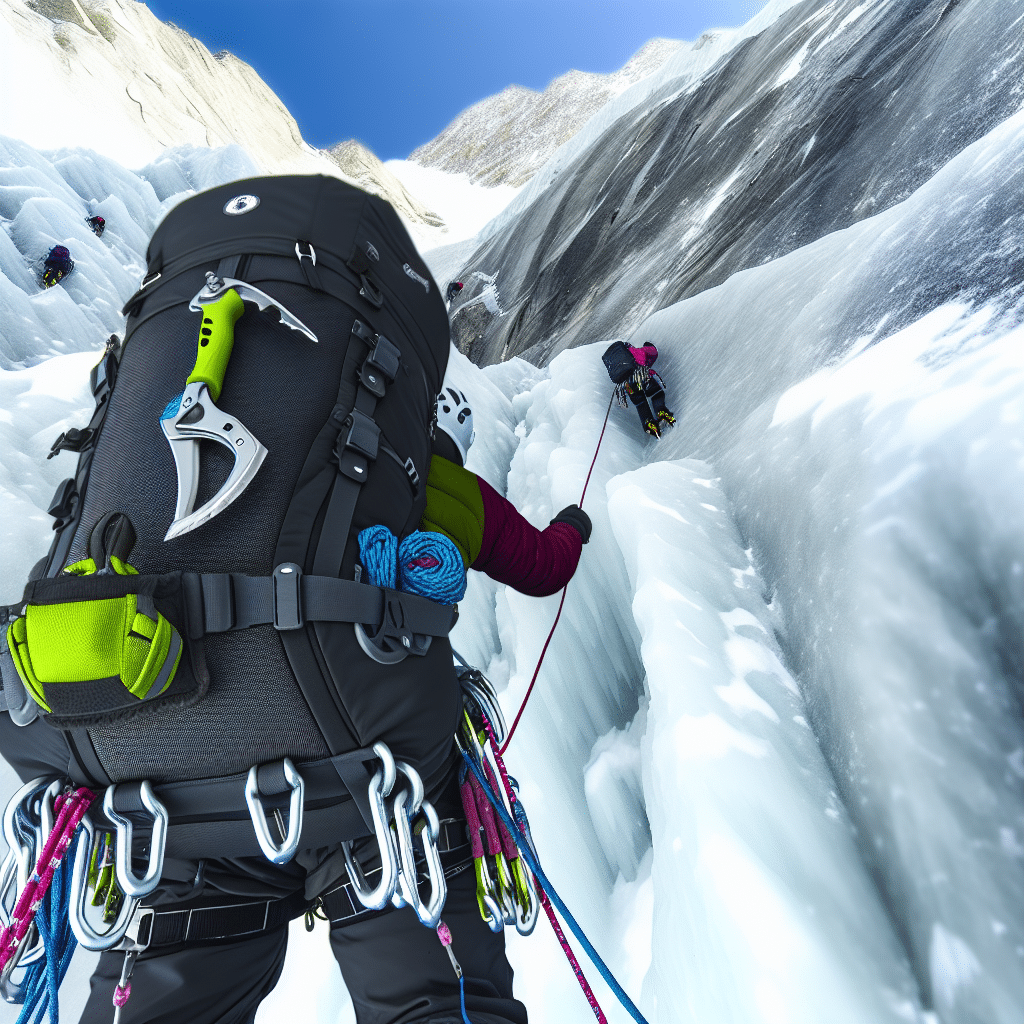Understanding the Importance of Appropriate Footwear
Before diving into the details of the types of boots to wear for snowshoeing, it’s essential to understand the importance of selecting the correct footwear for this winter activity. Snowshoeing is an outdoor adventure that involves trekking through snowy landscapes, often for an extended period. Having the right boots can make a significant difference in your overall experience.
Why are Boots Important in Snowshoeing?
The right boots provide insulation to keep your feet warm, protect you from the elements, and most importantly, give you the support and grip you need on the slippery snow. Choosing the wrong pair can lead to discomfort, cold feet, and possibly injuries.
A Comprehensive Guide to Boots for Snowshoeing
Now that we’ve highlighted the importance of adequate footwear for snowshoeing, let’s delve into the specifics of what you should look for when investing in the right boots.
Insulation and Warmth
For snowshoeing, boots with adequate insulation are the gold standard. The primary goal is to keep your feet warm throughout the activity. Look for boots that feature insulation materials such as Thinsulate or Primaloft. Different brands specify the temperature range for their footwear, so choose accordingly based on your environment.
Waterproof Capability
Given the snowy conditions in which snowshoeing takes place, waterproof boots are a must. Look for boots that have a water-resistant or waterproof label. These boots are designed to keep your feet dry, preventing any cold moisture from seeping in while trudging through snow.
Comfort and Fit
Comfort and fit should be one of your top priorities when choosing boots for snowshoeing. They should be snug enough to prevent blisters but also have enough room for your toes to wiggle freely. Your heels should stay firmly in place when walking. Try them on with the same socks you plan to wear during snowshoeing for the most accurate feel.
Durability
A good pair of snowshoeing boots should be sturdy and durable enough to withstand harsh winter conditions and rough terrain. Look for boots with robust and rugged outsoles for excellent traction and a durable upper that can resist wear and tear.
Conclusion
Choosing the right boots for snowshoeing can enhance your overall experience, keeping you warm, comfortable, and safe during your winter adventure. Remember to consider factors like insulation, waterproof capability, comfort, fit, and durability when making your selection. Armed with this knowledge, you are well-prepared to make an informed decision on the best boots for your snowshoeing expedition.




